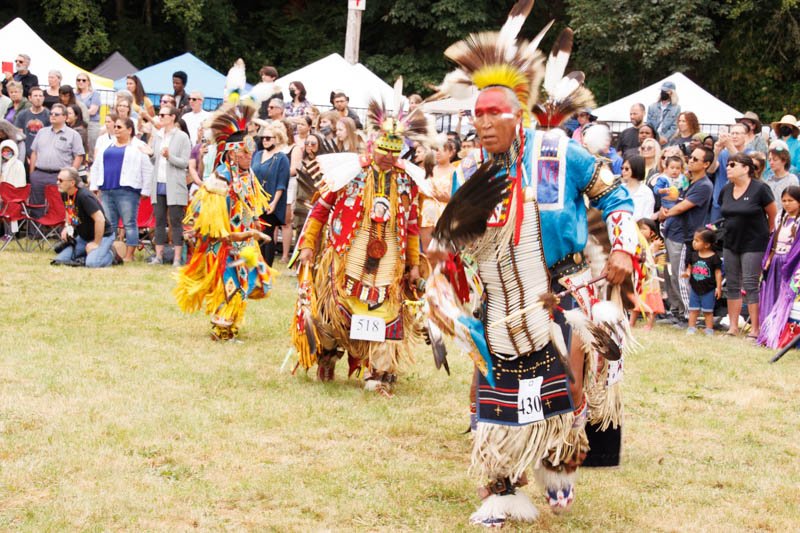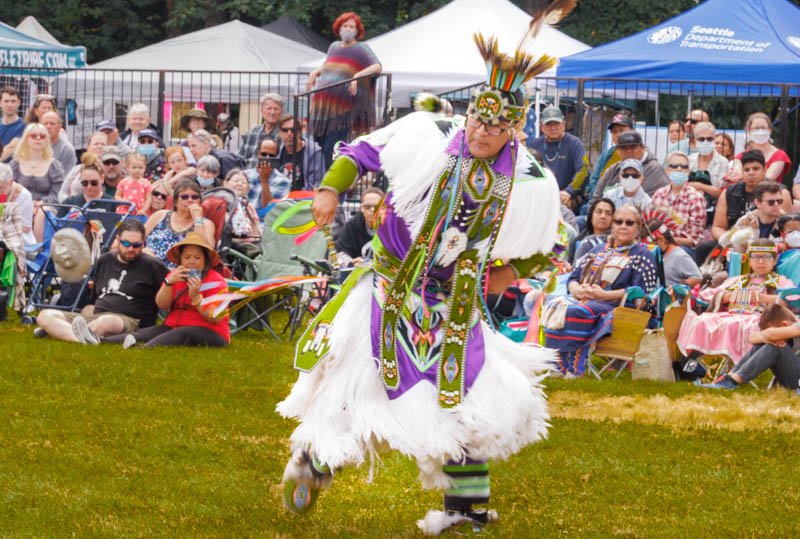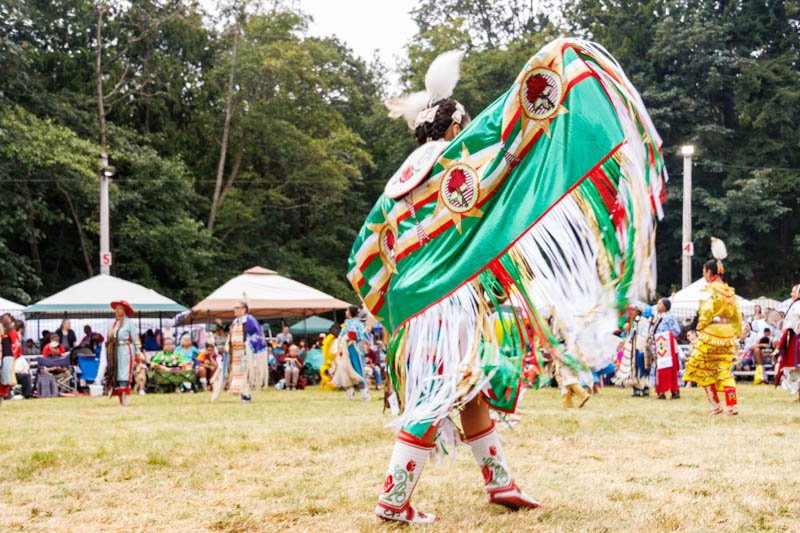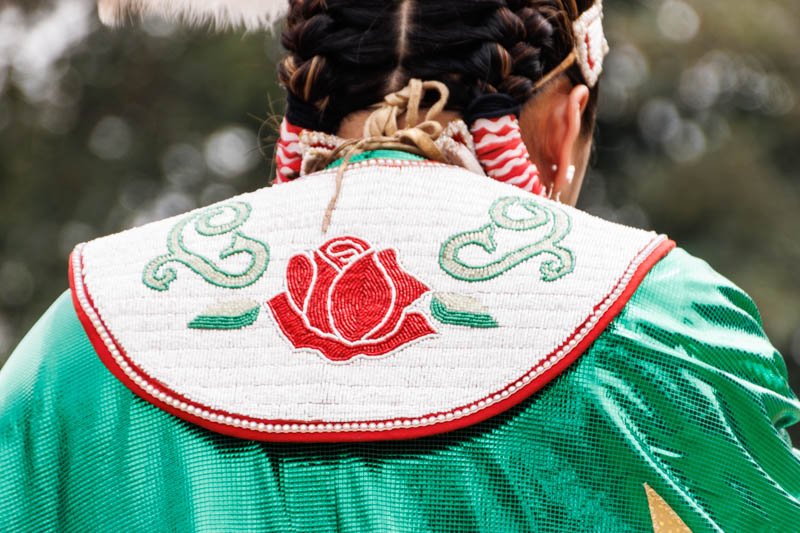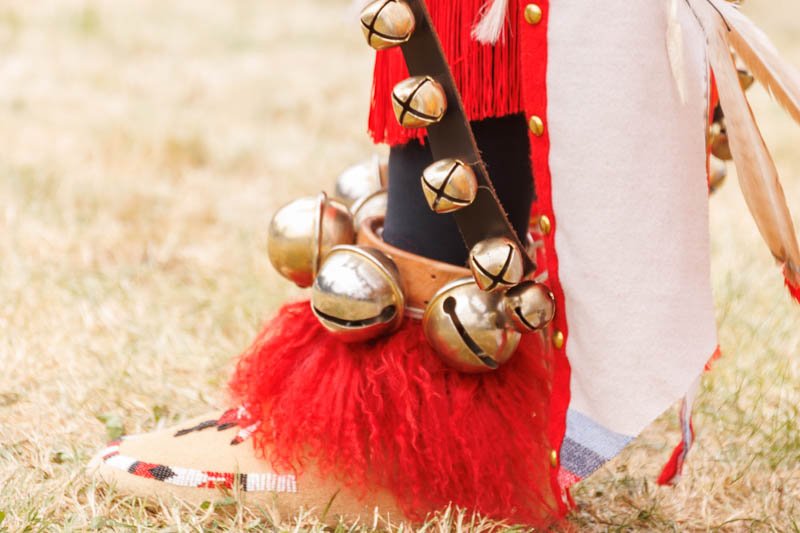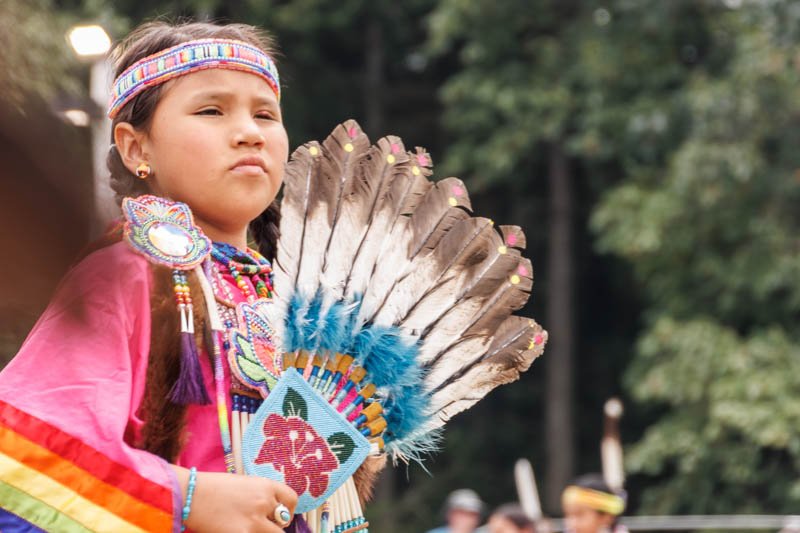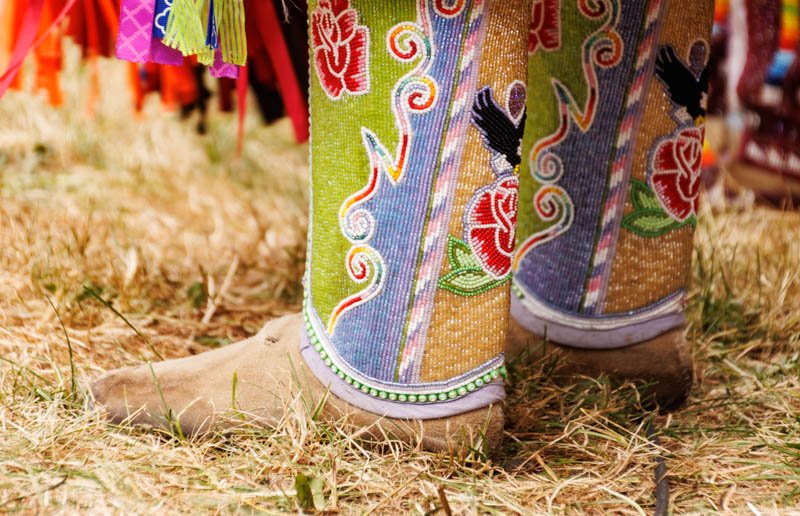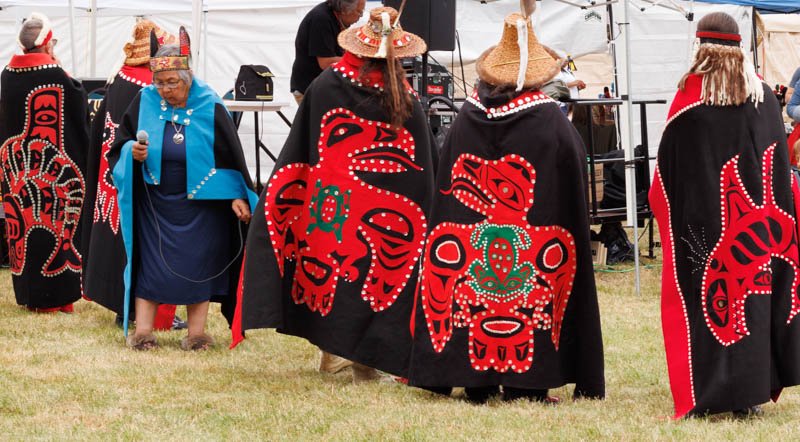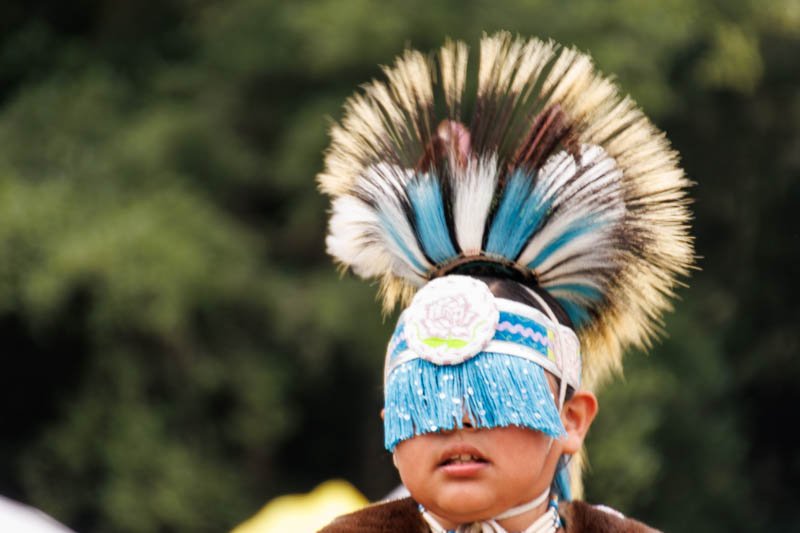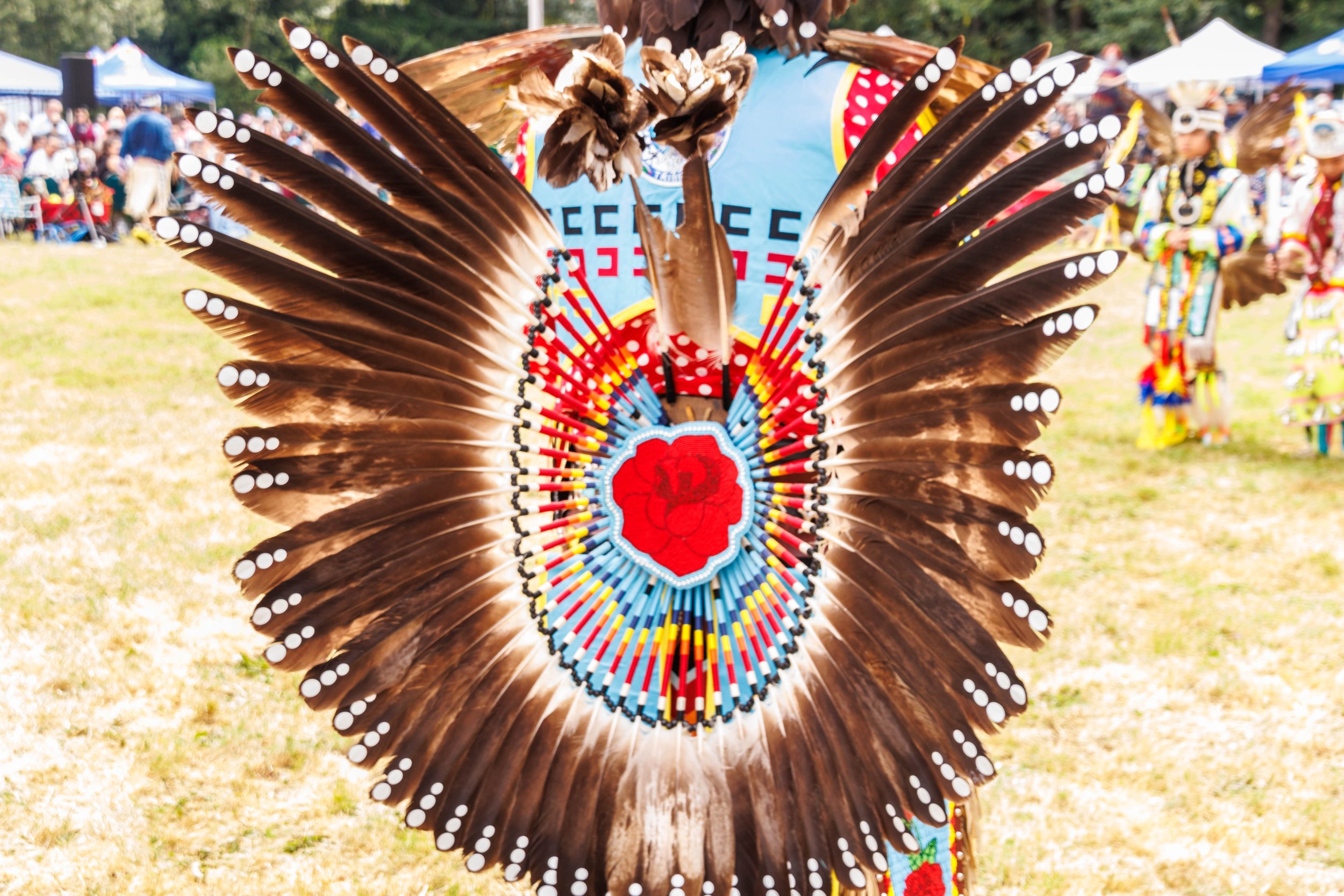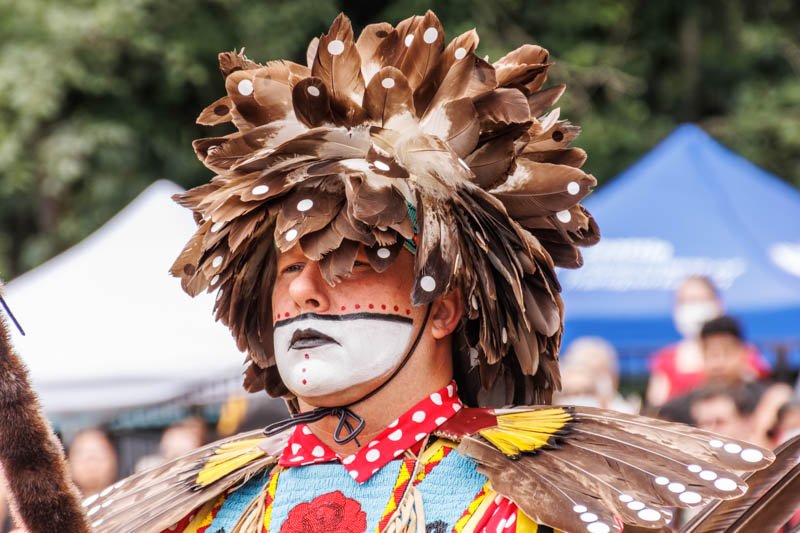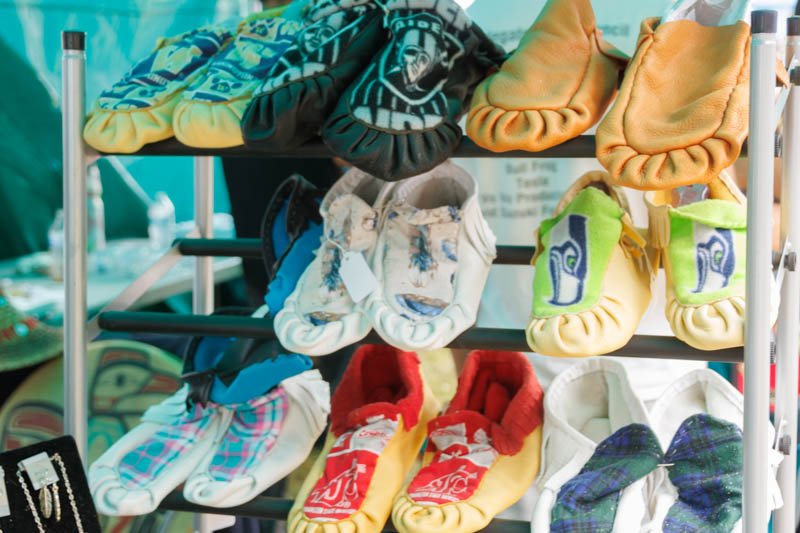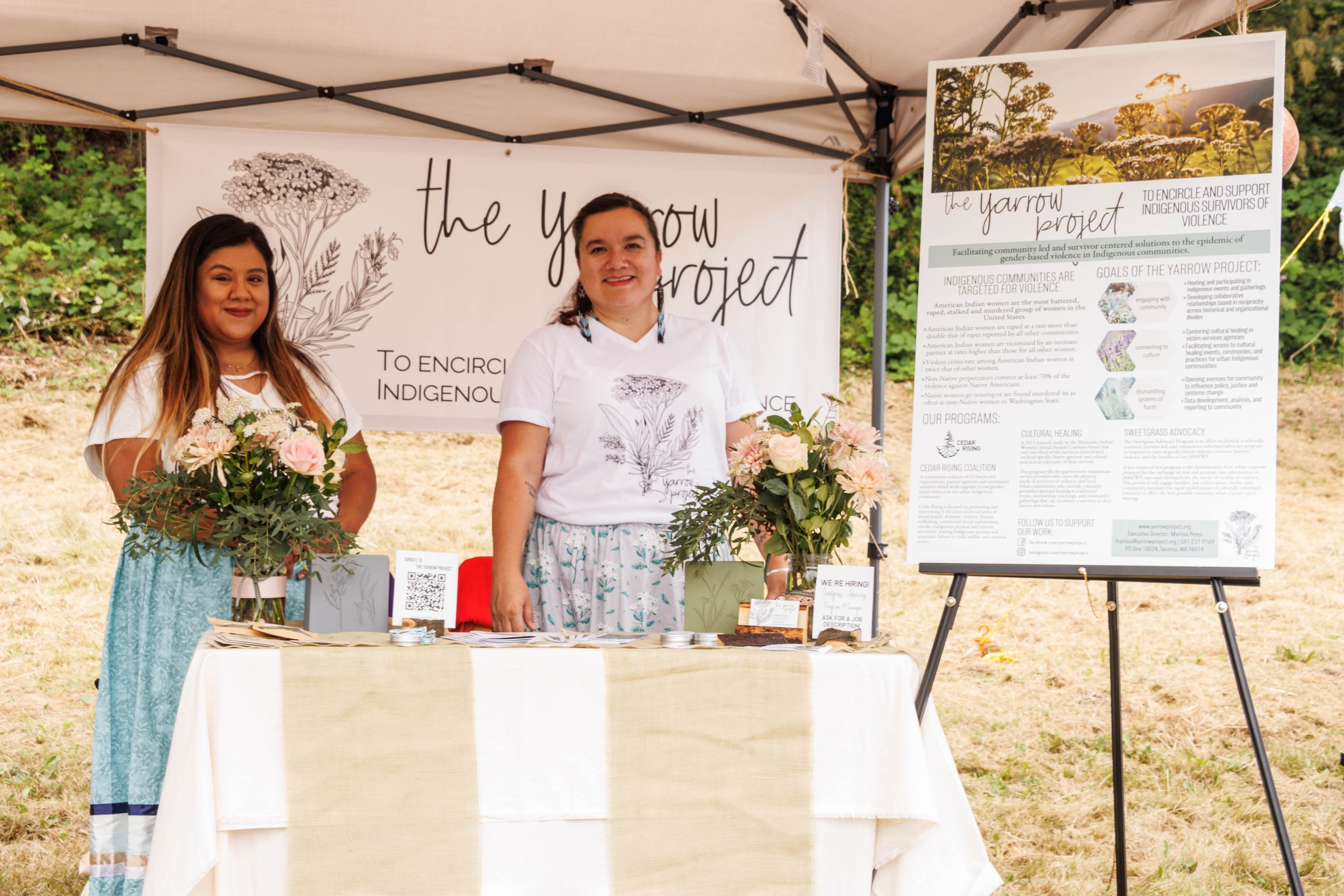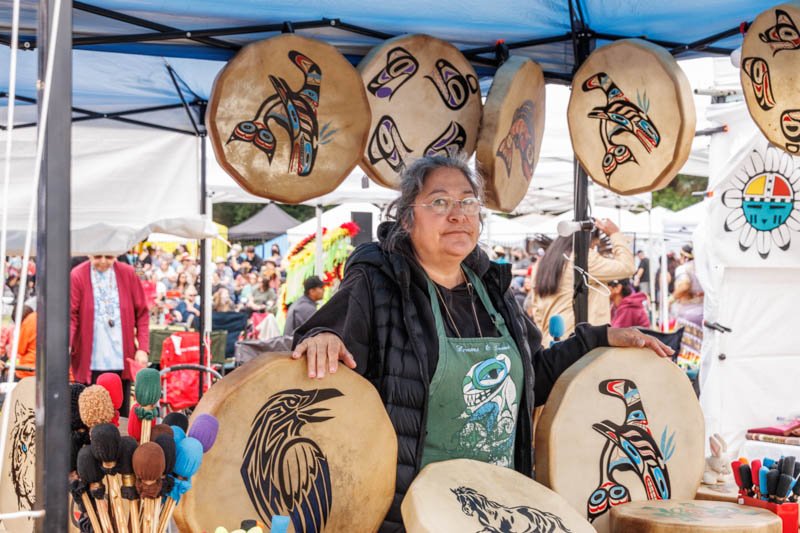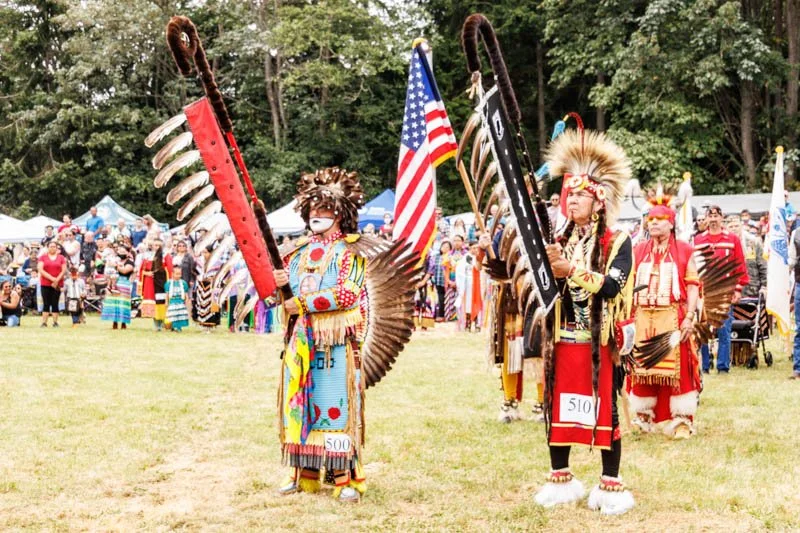Seafair Indian Days Powwow
I moved to Seattle 43 years ago, originally from Newburgh, New Yok a small city on the western side of the Hudson River, about 50 miles north of New York City. Newburgh was on the land of the Waoranek people who were part of the Lenape tribe of the Algonquin nation. We occasionally went to Algonquin Park that It was given its name in recognition of its Native American connections. Newburgh was also near Wappinger Falls, Cochocton, Mamaroneck, Nanuet, Nyack and other places whose names were related to Native American tribes or words. Until recently when I decided to look up the origin of my birth city’s name and Native American history in that area I never knew any about either.
Since starting this website and blog I have gained not only knowledge, but appreciation and respect for the Indigenous People. A good portion of the places I have visited have had significant Native history in their past, and the more I journey the more I’m learning.. Recently I attended the Seafair Indian Days Powwow at the Daybreak Star Indian Culture Center in Discovery Park which is presented by the United Indians of All Tribes Foundation. Attending this powwow added to my admiration of these people.
The United Indians of All Tribes Foundation has had its Powwow at the Daybreak Center since the Center’s opening in 1977, and in conjunction with Seafair for the last 33 years. The Powwow takes place in July and typically includes 400-600 dancers in full regalia, 25 drum groups and about 10,000 spectators who come from all over the country and which add to the richness of the Native American Culture.
According to the Encyclopedia Brittanica Powwows are the celebrations of American Indian culture in which people from diverse indigenous nations gather for the purpose of dancing, singing and honoring the traditions of their ancestors. The term Pow Wow, which derives from a curing ritual, originated in one of the Algonquin nations of the Northeast Indians.”
There are standard elements in most powwows. The set-up is in a circle with the center for the performers, surrounded by the other performers of each event and the audience. Designated participating groups have seating reserved for them in front of the audience when they’re not performing. Although there may be some differences among powwows, the official opening begins with the Grand Entry which is considered to be bringing together all of the participating tribes. In this powwow, first the eagle staff is carried into the circle, followed by the American, Canadian, state and tribal flags. Following the presentation of the flags, the U.S. military veterans, head men and head women dancers, and title holders from previous pageants as well as the current tribal royalty march in. The different dance groups follow – all of the participants of each of the different dances that include men’s and women’s golden agers, men’s traditional, grass and fancy, women’s traditional, jingle and fancy, boys and girls teens, junior boys and girls, and tiny tots. Once the dance circle is complete, the Flag Song is sung. Like the national anthem, everyone stands and removes their hats, unless their hat has an eagle feather in it, in which case they do not have to remove their hat.
The website of the Nanticote Indian Tribe of Delaware describes the dancing as “Native dances originated from the spirit and soul of our Nations. Native American dance is alive and dynamic, a reflection of tribal heritage and personal style. The graceful steps of the dancers, the beat to which they move, and the traditional regalia that they wear embody their tribal affiliation and ancestry.”
Each of the different dances is defined by the regalia, the proper name for the decorative clothing the dancers are wearing, as well as the steps and the way the dancers move their bodies. For example, in the Men’s Grass Dance the outfits feature a lot of colorful fringe, and many wear a roach which is a headdress for me which is typically made of specific types of animal hair. The dance involves the ball of one foot being tapped on one beat and placed down flatly with the next and repeated with the other foot without missing a beat. The dancers also keep their heads moving up or down with each beat. I wondered how each dance is differentiated from one another because without that knowledge they appear to be very similar, if not the same. The website of the Nanticotte Indian Tribe of Delaware describes the dancing as “Native dances originated from the spirit and soul of our Nations. Native American dance is alive and dynamic, a reflection of tribal heritage and personal style. The graceful steps of the dancers, the beat to which they move, and the traditional regalia that they wear embody their tribal affiliation and ancestry.”
Powwow drummers and singers provide the music to which the dancers move in cultural celebration of their heritage. Powwow songs consist of key phrases which are repeated. These phrases may be composed of words or syllables which echo the beat of the drum. Drummers accent beats, called honor beats, at specific points on the song. The drummers do not typically wear regalia.
Royalty is considered to be the representative of the tribe, either a Princess, if a female, or a warrior, if a male. In the Grand Entry, the royalty of each represented tribe marches in as part of the royalty group. In addition to the Grand Entry, one part of the program that was particularly interesting was the Outgoing Seafair Princess Ceremony. The current outgoing princess in this photo did her own dance. Then the contestants for next year’s princess danced, and the current princess chose the next one based on the dancing. The new Seafair Indian Days princess was crowned in the evening.
I was mesmerized by the beauty of the regalia and the accessories worn by both men and women dancers as well as the children. Everything has a meaning, from breastplates, headdresses, jewelry, moccasins. the accessories and the main part of the regalia which is decorated in so many different ways with many different types of trimmings.
Powwows also highlight Indian cooking, jewelry making, other Native American arts and crafts, drum contests and Native community service organizations such as the Yarrow Project whose mission is “Encircling Indigenous survivors of violence by engaging community, connecting to culture, and dismantling systems of harm”. The vendor area was outside and all the way around the dance circle. I watched the salmon roasting on the barbecue and decided at that moment I needed to try it, and it was delicious!
There is a certain etiquette that is followed at all powwow’s, although the wording and some elements may differ.
· During the Flag Song, or Indian National Anthem the American Flag is raised or lowered. Stand and remove hats during this event. Show respect to the Flag, Honor, and Veterans songs by standing until the song is completed. Pictures should NOT be taken during Veterans Songs, Flag Songs, Prayers, or any other time announced by the Master of Ceremonies.
· If you wish to photograph a dancer in regalia, ask first. If the picture is for publication or commercial use, that should be explained before the picture is taken. Remember common courtesy and ask permission. Group photographs are usually alright to take, but you might want to ask first. People are sensitive about pictures, so it is always good to be on the safe side and ask.
· If you see a lost feather, or you yourself drop a feather, do NOT pick it up. Notify the nearest Staff Member, Veteran, Head Man Dancer or Arena Director immediately.
· NO alcohol, firearms or drugs are allowed at Powwows.
I noticed, in many ways, the level of respect among all participants. At the completion of every performance, each participants shook hands of the judges and sometimes with other contenders as well. The same thing happened during the Grand Entry, where everyone that was introduced after the flag bearers, shook hands with the flag bearers. I noticed during the flag ceremony, a highly respected elder offered a prayer and there wasn’t another sound in the arena other than his voice. Lastly there is special recognition and respect for Natives that had served in the U.S. military. The veterans march in during the Grand Entry and each one identified themselves with their name, rank and where they served. Despite the way the Natives were treated in the early days of this country, the veterans and the U.S. flag have a special place in powwows.






